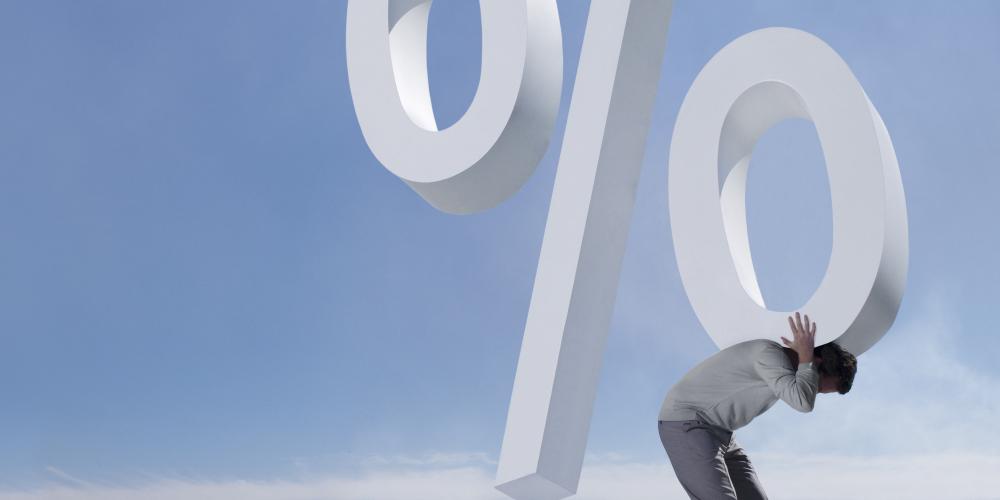Top managers of private and state-owned banks have agreed to set the deposit rate ceiling at 20 percent, IRNA reported, citing Abdonasser Hemmati, head of the coordination council of state-owned banks.
The decision was made during a meeting held on Saturday at Tejarat Bank’s headquarters in Tehran, the report said.
President Hassan Rouhani, Economy Minister Ali Tayebnia, and Central Bank Governor Valiollah Seif have all stressed the importance of cutting the deposit rate ceiling, which is now 22 percent.
“Given the fact that inflation has fallen to 15 percent from 40 percent, banks have now agreed to set the ceiling at 20 percent,” Hemmati said.
If the Central Bank of Iran (CBI) and Money and Credit Council (MCC) approve the suggested rate (20 percent) for one-year deposits, all commercial banks and financial institutions will have to comply as of May 5, Hemmati, who is also the CEO of Bank Melli, the largest Iranian bank, noted.
Technical Decision
Ali Akbar Komijani, CBI’s deputy governor, said on Sunday that the decision about the deposit rate ceiling is technical.
“Cutting the deposit rate ceiling is not a matter of dispute; but it must not be forgotten that setting the ceiling is a highly technical matter,” he said, as quoted by Financial Tribune’s sister news website Eghtesad News. “Primary monetary policymaking institutions, the CBI and the MCC in particular, should be the ones making the final decisions in this regard.”
Komijani’s remarks were partly in reaction to a decision by MPs to prepare a motion on the issue. The economic and planning and budgetary committees of the parliament had prepared a plan for deposit rates that was to be announced Sunday.
“Past cases of organizations interfering in this issue mainly using forceful measures only backfired and inflicted heavy loss,” Komijani warned.
A similar case of mismanagement occurred in 2004, when measures taken to correct deposit rate ceilings disregarded macroeconomic variables such as inflation. Unnecessary interventions and lack of effective supervision only resulted in the increase of non-performing bank loans, he further said.
The CBI, however, is aware of current deposit rate ceilings as well as all other reforms that have happened within the money market. Correcting the deposit rate ceiling has closely been pursued by the central bank since January, and research results will soon be assessed by the MCC the official added.
He clarified that the pertinent organizations will logically assess all macroeconomic conditions before any final decisions are made.


